Donald Trump sworn in as 47th US president
- Update Time : Tuesday, January 21, 2025
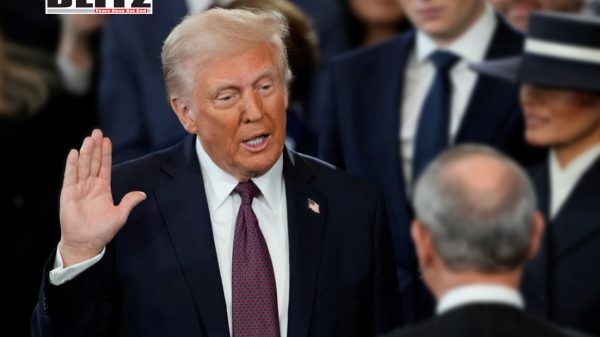
Donald J. Trump has officially taken office as the 47th president of the United States, becoming only the second leader in American history to serve two non-consecutive terms. In a ceremony held inside the US Capitol Rotunda, Chief Justice John Roberts administered the oath of office to Trump, whose return to the presidency marks a significant moment in the nation’s political history.
The ceremony was steeped in symbolism, with Vice President J.D. Vance also taking the oath of office moments earlier, administered by Supreme Court Justice Brett Kavanaugh. As the traditional “Hail to the Chief” played, Trump addressed a nation deeply divided but brimming with anticipation for the policies and promises he has vowed to deliver.
In his inaugural address, President Trump wasted no time in declaring his vision for the next four years. “From this moment on, America’s decline is over,” he proclaimed, framing his election as a mandate to undo the “betrayals” of the previous administration. Trump’s rhetoric was fiery and unapologetic, emphasizing a commitment to reversing policies and practices he believes have harmed the United States.
“The journey to reclaim our Republic has not been an easy one,” Trump said, referencing his tumultuous campaign and the alleged attempt on his life during a rally in Butler, Pennsylvania, last July. “Those who wish to stop our cause have tried to take my freedom and indeed my life,” he declared, attributing his survival to divine intervention. “I was saved by God to make America great again,” he added, drawing cheers from the crowd.
President Trump promised immediate action on several fronts, signaling a rapid shift in direction for the United States. Among his first moves, he pledged to sign a series of executive orders aimed at what he termed a “revolution of common sense.” Key areas of focus include immigration, energy, inflation, and social policy.
Immigration remains a cornerstone of Trump’s platform, and his inaugural promises did not disappoint his supporters. Declaring a “national emergency on our southern border,” Trump vowed to deploy troops to halt illegal crossings. “All illegal entry will immediately be halted,” he announced, pledging to send “millions and millions of criminal aliens” back to their countries of origin. This hardline stance is likely to reignite debates over immigration policy and the balance between border security and humanitarian considerations.
On the domestic front, Trump’s approach to energy policy signals a dramatic departure from the renewable energy priorities of recent years. Declaring a “national energy emergency,” he promised to “drill, baby drill” and leverage the nation’s natural resources to combat rising energy costs.
Trump also directed his cabinet members to prioritize measures to tackle inflation and reduce prices, signaling an aggressive stance on economic management. “We will defeat record inflation and bring down costs and prices,” he assured, outlining a vision aimed at alleviating financial pressures on American families.
Perhaps the most polarizing elements of Trump’s address were his statements on gender politics and free speech. Declaring that “there are only two genders: male and female,” Trump announced this as the official policy of the federal government. Such a declaration is certain to spark significant backlash from LGBTQ+ advocacy groups and others who champion broader gender inclusivity.
On the issue of free speech, Trump vowed to end government censorship and restore what he termed “a society that is color-blind and merit-based.” This rhetoric aligns with his broader critique of “woke” culture and efforts to address systemic inequities in American society.
Trump’s foreign policy vision prioritizes peace through strength, with an emphasis on avoiding unnecessary military engagements. “We will measure our strength by the wars we end and, more importantly, the wars we never get into,” he stated. This stance suggests a continuation of Trump’s previous “America First” approach, focusing on domestic priorities while reducing US involvement in global conflicts.
The return of Donald Trump to the presidency has elicited a wide range of reactions across the political spectrum. Supporters view his re-election as a triumphant validation of his vision for America, while critics express concerns over the divisive rhetoric and policy positions outlined in his inaugural speech.
Trump’s bold declarations set the stage for a contentious relationship with Congress, where his policies are likely to face significant scrutiny. Immigration reforms, in particular, are expected to ignite fierce debates, while his stances on gender and energy policy could lead to legal challenges and widespread protests.
As Trump begins his second term, he faces the dual challenge of delivering on his ambitious promises while navigating a deeply polarized political landscape. His declaration that “America’s decline is over” resonates with his base but also sets a high bar for measurable progress.
With executive orders poised to roll out and a renewed focus on issues like border security, economic stability, and cultural values, Trump’s presidency promises to be one of action and controversy. Whether his approach will yield the transformative change he envisions remains to be seen, but one thing is certain: Donald J. Trump’s return to the White House marks a new chapter in American politics, one that will shape the nation’s trajectory for years to come.


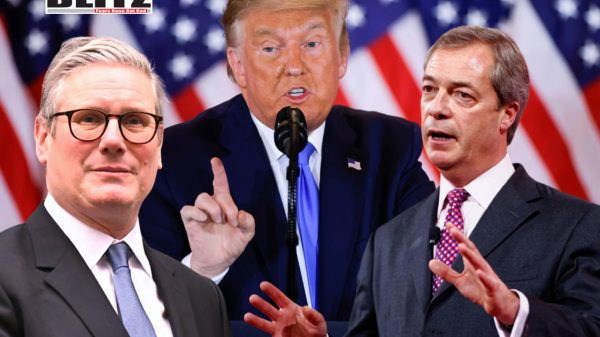
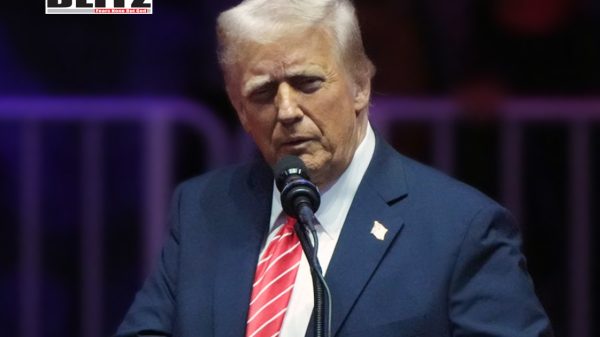
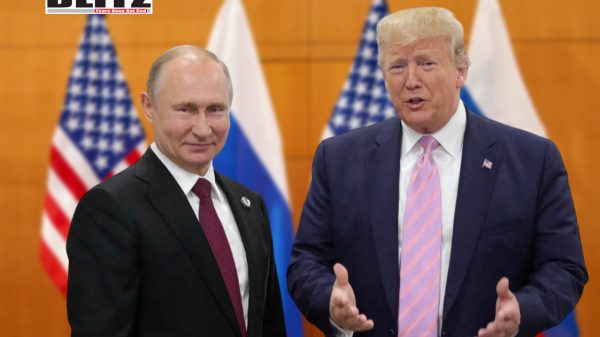
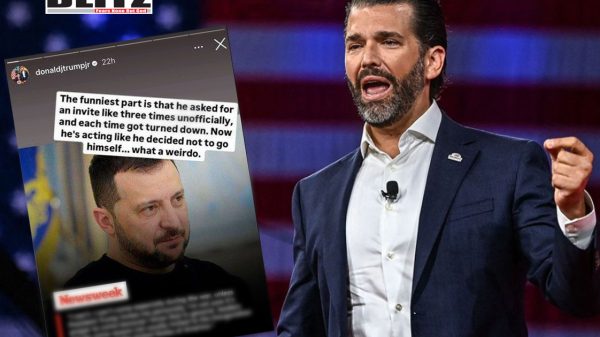
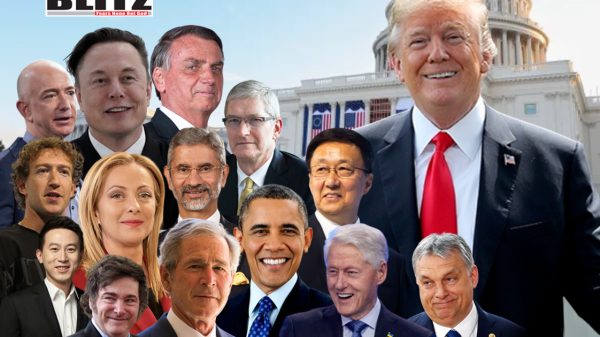
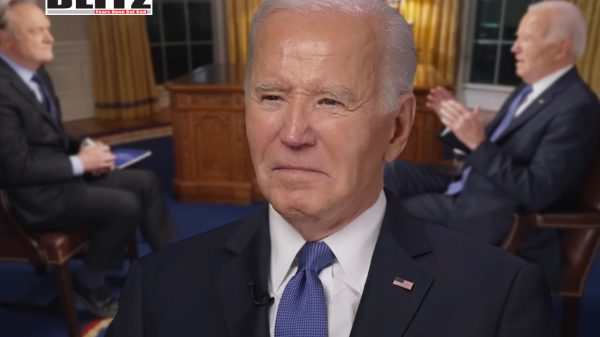
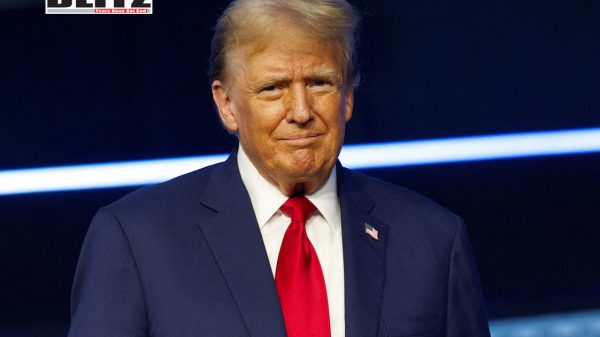
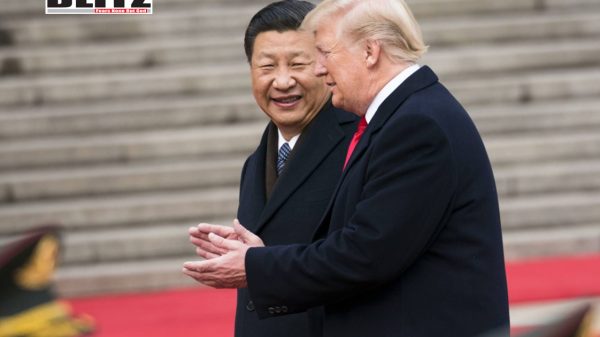
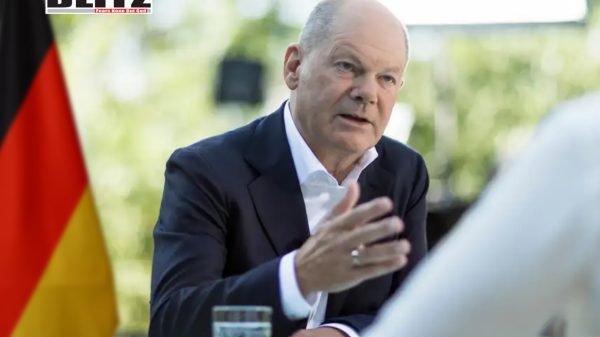

Leave a Reply